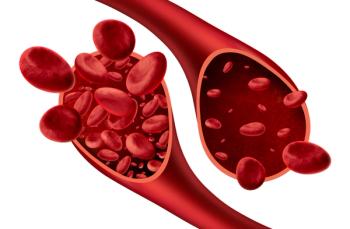
- MHE June 2021
- Volume 31
- Issue 6
Is Competition the Way to Bring Down the Price of Diabetes Drugs?
Harvard researchers say, well, maybe.
List prices for brand-name drugs have risen sharply in recent years, but it is more complicated with net prices — the prices paid after rebates and other discounts have factored in. The rise isn’t nearly as steep, and it’s not uniform. Many in the drug and PBM industry say it is the net prices that matter because those actually get paid, not the list price. And there’s an argument that the answer to rising drug prices could be more competition within drug classes because that would drive down net prices as manufacturers compete.
A team of Harvard researchers conducted a study of three classes of diabetes drugs to examine that argument. Their results, published in the May 2021 issue of Health Affairs, produced a mixed verdict — and more evidence that drug pricing in the United States is nothing if not complex.
The study compared list and net prices for glucagon-like peptide 1 (GLP-1) receptor agonists, dipeptidyl peptidase 4 (DPP4) inhibitors and sodium-glucose cotransporter 2 (SGLT2) inhibitors. The researchers looked at the prices from when the first drug in the class was introduced through 2017; for the GLP-1 receptor agonists, for example, that means from starting in 2005, when Byetta (exenatide) was approved, through 2017.What they found was that monthly list prices for the three classes of drugs increased, on average, about 10%, once inflation is factored in. But the trends diverged when it came to net prices. The monthly net price of the GLP-1 receptor agonists increased by 10% during the study period but decreased by 2% for the DPP4 inhibitors and by 9% for the SGLT2 inhibitors.
Competition might deserve some credit for the lower net prices for the DPP4 inhibitors and SGLT inhibitors: Thirteen DPP4 inhibitors and nine SGLT2 inhibitors entered the market during the study period. But that doesn’t explain why the eight GLP-1 receptor agonists didn’t have a similar effect or why the crowded DPP4 inhibitor marketplace didn’t put more downward pressure on net prices. The research team, led by Ameet Sarpatwari, Ph.D., J.D., noted that there was a five-year gap between when Byetta entered the market and when the next GLP-1 receptor agonist, Victoza (liraglutide), was introduced. That lag may have influenced competition and therefore net prices.
Articles in this issue
over 4 years ago
Amazon vs. Traditional Healthcare: Who Will Win?over 4 years ago
Birth Control is Also Part of Sexual Healthover 4 years ago
Rising STD Trend, Interruptedover 4 years ago
At-home Dialysis on The Riseover 4 years ago
Results from 2021 Managed Healthcare Executive® Pharmacy SurveyNewsletter
Get the latest industry news, event updates, and more from Managed healthcare Executive.






















































